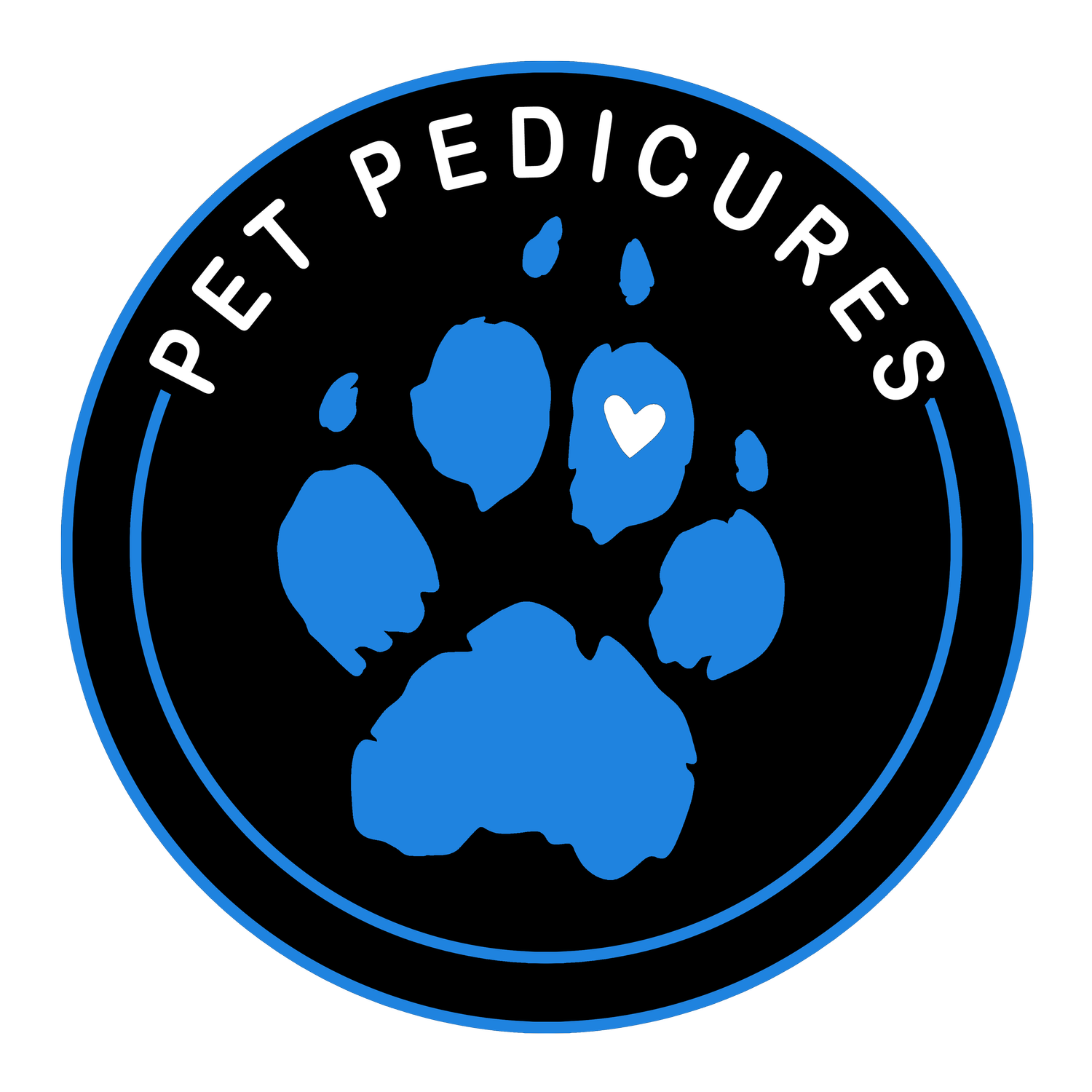Nail Bed Basics
You’ve probably heard us, or other pet pros talk about nail beds, and the importance of proper grooming to protect them. Let’s go a little deeper to learn what the nail bed is, and what damage to them can cause.
The nail bed is the tissue beneath the nail plate that contains blood vessels, nerves, and specialized cells that produce the nail. If an animal's nail bed is damaged, it can cause a range of effects, including:
Pain and discomfort: The nail bed has a rich supply of nerve endings, so damage to it can be painful and cause discomfort to the animal.
Infection: A damaged nail bed can increase the risk of infection, as it provides an entry point for bacteria or fungi. This can lead to further inflammation and pain, and potentially require medical treatment.
Abnormal nail growth: Damage to the nail bed can affect nail growth and result in deformed or abnormal nails. The nails may grow thicker, thinner, or become misshapen.
Bleeding: The nail bed contains blood vessels, and damage to them can cause bleeding. In severe cases, the bleeding may be significant and require medical attention.
Difficulty walking: Nails help provide traction and stability when walking, and damage to the nail bed can make it difficult for the animal to walk or run comfortably.
Behavioral changes: Pain and discomfort can cause animals to change their behavior, such as becoming more aggressive or avoiding certain activities that cause discomfort.
Now, I don’t know about you, but none of those sound like things I want my baby to go through (or myself, if we’re honest). So, what are the most common ways that a pet’s nail bed is damaged? An animal's nail bed can be damaged in several ways, including:
Trauma: Trauma to the nail, such as hitting it against a hard surface or catching it on something sharp, can cause damage to the nail bed.
Infection: Infections, such as bacterial or fungal infections, can cause damage to the nail bed.
Overgrown nails: Nails that are overgrown can cause pressure and damage to the nail bed, especially if they curl under and start to grow into the pad.
Improper grooming: Grooming the nails improperly, such as cutting them too short or using blunt tools, can damage the nail bed.
Diseases: Certain diseases, such as autoimmune disorders, can cause damage to the nail bed.
It is important to let the pros at Pet Pedicures take care of the nail to prevent many of these awful situations. Always seek veterinary care if there are signs of infection or trauma to the nail bed. Remember, regular nail trimming and proper grooming can help prevent damage to the nail bed.
